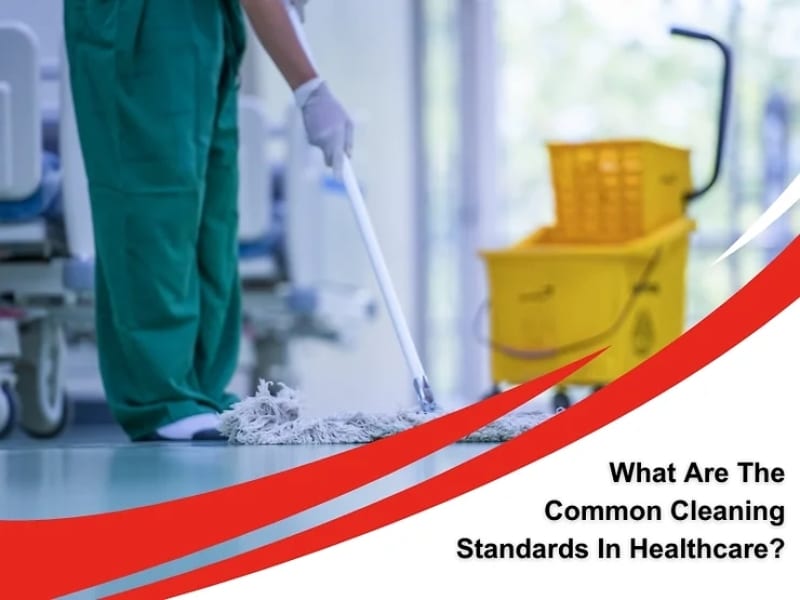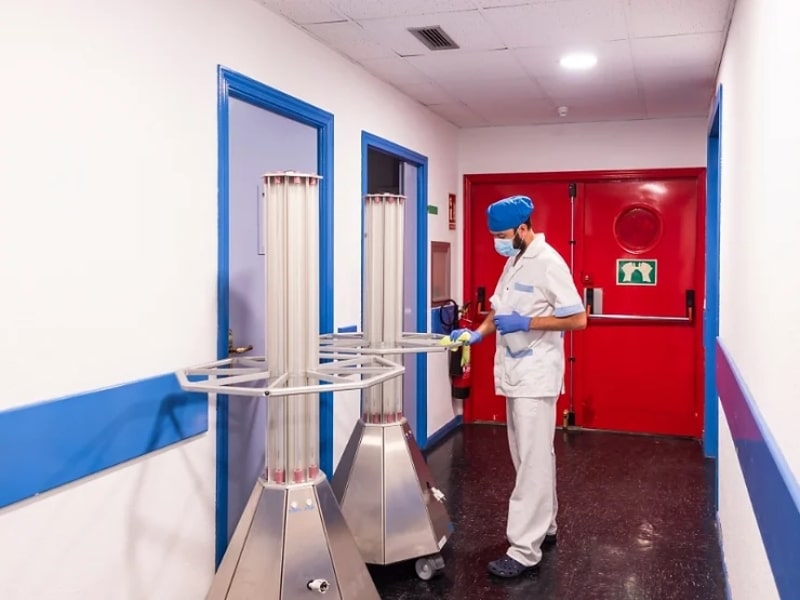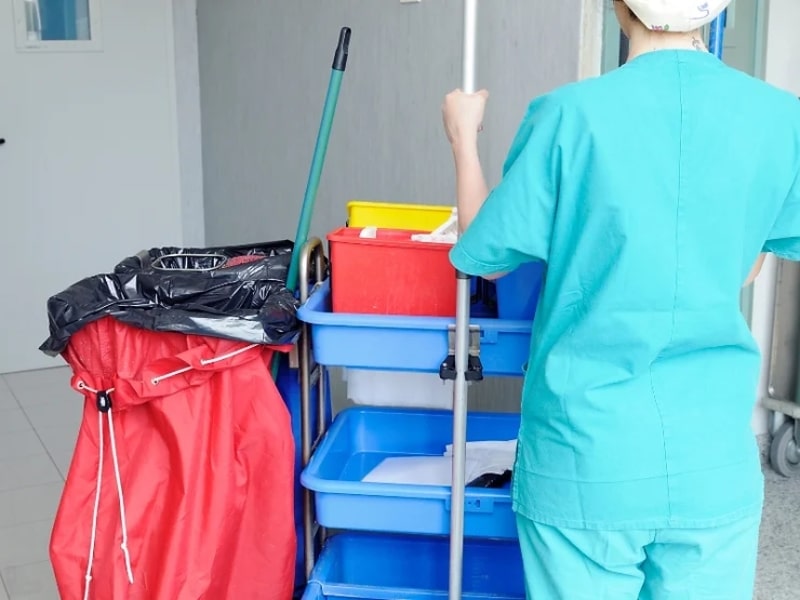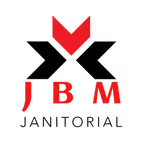What Are The Common Cleaning Standards In Healthcare?

Cleaning standards in healthcare facilities are vital for ensuring patient safety, infection control, and overall operational efficiency. Adhering to these standards protects patients, staff, and visitors while promoting a healthier environment. This article will explore the importance of common cleaning standards in US healthcare facilities.
What is the importance of cleaning standards in healthcare facilities?
The significance of cleaning standards in healthcare cannot be overstated. Here are a few reasons why they are crucial:
- Infection control: Proper cleaning reduces the risk of healthcare-associated infections (HAIs), safeguarding patients from avoidable complications.
- Patient safety: Clean environments contribute to overall patient safety, preventing slips, falls, and other accidents caused by clutter or dirt.
- Compliance with regulations: Adhering to established cleaning standards ensures compliance with health regulations set by governing bodies, avoiding penalties.
- Enhanced reputation: Clean and well-maintained facilities boost healthcare providers’ reputations, instilling trust among patients and families.
- Staff well-being: A clean environment promotes the health and morale of healthcare staff, reducing absenteeism and improving job satisfaction.
What are the critical cleaning standards established by the CDC?
The Centers for Disease Control and Prevention (CDC) provides guidelines for cleaning in healthcare settings. Key standards include:
- Routine cleaning: Regularly scheduled cleaning of surfaces and high-touch areas is essential to minimize contamination.
- Disinfection: Use EPA-registered disinfectants on surfaces after routine cleaning to kill pathogens.
- Staff training: Ensure that cleaning staff are trained in proper cleaning and disinfection techniques to maintain safety.
- Use of Personal Protective Equipment (PPE): Cleaning staff should wear appropriate PPE to protect themselves and prevent cross-contamination.
- Cleaning audits: Regular audits help maintain compliance with cleaning standards and identify areas for improvement.
How do OSHA regulations influence cleaning practices in healthcare?
The Occupational Safety and Health Administration (OSHA) regulations significantly impact cleaning practices in healthcare facilities. Key influences include:
- Hazard communication: OSHA mandates clear communication about hazardous materials used in cleaning, ensuring staff know how to handle them safely.
- Bloodborne Pathogens Standard: This standard requires specific cleaning protocols for areas contaminated with blood or other potentially infectious materials.
- Respiratory protection: In specific cleaning situations, such as using solid disinfectants, OSHA may require respiratory protection to safeguard staff.
- Training requirements: OSHA regulations stipulate that staff must receive training on safe cleaning practices, further enhancing workplace safety.
- Workplace safety: OSHA’s focus on workplace safety improves cleaning procedures that protect staff and patients.
What are the standard cleaning protocols for different healthcare areas?

Cleaning protocols vary based on the specific areas within healthcare facilities. Here’s a breakdown:
- Patient Rooms: Daily cleaning and disinfection of high-touch surfaces, with deeper cleaning between patient admissions.
- Operating Rooms: Thorough cleaning after each procedure, including disinfecting all surfaces and equipment.
- Waiting Areas: Regularly clean seating areas, tables, and high-touch points to maintain a welcoming environment.
- Restrooms: Frequently cleaning and disinfecting toilets, sinks, and high-touch surfaces to ensure hygiene.
- Laboratories: Strict protocols for cleaning and disinfecting surfaces and equipment to prevent contamination of samples.
How can healthcare facilities ensure compliance with cleaning standards?
Healthcare facilities can ensure compliance with cleaning standards through various strategies:
- Developing protocols: Establish clear cleaning protocols that align with CDC and OSHA guidelines.
- Regular training: Conduct ongoing training sessions for cleaning staff to inform them about best practices.
- Utilizing checklists: Implement cleaning checklists to ensure all tasks are completed and documented.
- Conducting inspections: Regular inspections of cleaning practices help identify areas that need improvement.
- Engaging professional services: Partnering with professional cleaning services can enhance compliance and ensure a higher standard of cleanliness.
What are the best practices for training staff on cleaning procedures?
Training staff effectively is crucial for maintaining cleaning standards. Here are some best practices:
- Hands-on training: Provide practical training sessions to help staff learn cleaning techniques in a real-world environment.
- Clear instructions: Use simple language and visual aids to explain cleaning protocols clearly.
- Regular refresher courses: Regularly update training to reinforce cleaning standards and practices.
- Encourage questions: Foster an environment where staff feel comfortable asking questions about cleaning procedures.
- Assess competency: Conduct assessments to ensure staff understand and can apply the cleaning protocols effectively.
How do technology and innovation impact cleaning standards in healthcare?
Technology and innovation are increasingly important in improving healthcare cleaning practices. This includes:
- Automated cleaning systems: Reducing manual labor and improving efficiency.
- Real-time monitoring: Tracking cleaning activities and identifying areas for improvement.
- Disinfection technologies: Using advanced methods to kill harmful pathogens.
What are the consequences of failing to adhere to cleaning standards?
Failing to adhere to cleaning standards can have serious repercussions. Here’s what can happen:
- Increased infections: Non-compliance can lead to higher HAIs, jeopardizing patient safety.
- Legal consequences: Healthcare facilities may face lawsuits or penalties for failing to meet regulatory standards.
- Damage to reputation: Poor cleaning practices can tarnish the facility’s reputation, decreasing patient trust.
- Financial losses: Increased infection rates can lead to economic losses due to prolonged hospital stays and treatment costs.
- Employee morale: A dirty environment can decrease staff morale, leading to higher turnover rates.
How can professional cleaning services enhance healthcare cleanliness?

Professional cleaning services offer several advantages to healthcare facilities, including:
- Expertise: Trained professionals are knowledgeable about the latest cleaning standards and practices.
- Advanced equipment: They use advanced cleaning techniques to ensure thorough cleaning.
- Customized plans: Professional services can create tailored cleaning plans to meet the specific needs of each healthcare facility.
- Time savings: Outsourcing cleaning allows healthcare staff to focus on patient care rather than cleaning duties.
- Consistency: Professional services provide consistent cleaning results, ensuring adherence to established standards.
Where can you find reliable cleaning services for healthcare facilities?
Finding reliable cleaning services is essential for maintaining cleanliness in healthcare settings. Here are some tips:
- Online Research: Search online for commercial cleaning companies that specialize in healthcare facilities.
- Reviews and Testimonials: Read reviews and testimonials from other healthcare facilities to gauge the quality of service.
- Certifications: Look for companies with industry certifications indicating compliance with cleaning standards.
- Experience: Choose companies with a proven track record in cleaning healthcare facilities.
- Ask for Referrals: Reach out to other healthcare professionals for recommendations on reliable cleaning services.
JBM Janitorial – Your partner in healthcare cleanliness
At JBM Janitorial, we understand the importance of cleanliness in healthcare facilities. Our dedicated team ensures hygiene and safety in healthcare settings through our comprehensive medical cleaning services, including:
- Daily cleaning and disinfection
- Deep cleaning and sanitization
- Specialized cleaning for sensitive areas
- Compliance with infection prevention guidelines
- Customized cleaning plans to meet your specific needs
Contact JBM Janitorial for expert medical cleaning. We can help you create a cleaner, safer, and healthier environment for your patients and staff.
